Description
Acoustic ceiling materials encompass a wide range of products that are specifically designed to enhance the acoustic performance of a space. These materials are used in the construction of ceilings to improve sound absorption, reduce noise reverberation, and create a more comfortable and acoustically balanced environment.
There are various types and designs of acoustic ceiling materials available, each offering unique features and benefits. Some common types include:
- Acoustic Ceiling Tiles: These tiles are lightweight and typically made from mineral fiber, fiberglass, or foam materials. They are designed to absorb sound waves and reduce echo within a room. Acoustic ceiling tiles come in various sizes, shapes, and textures, allowing for versatility in design and aesthetic appeal.
- Acoustic Panels: These are larger panels made from materials such as fabric, wood, or metal, and they are highly effective in absorbing sound. Acoustic panels can be mounted on the ceiling surface or suspended to create a visually pleasing and acoustically optimized ceiling design.
- Acoustic Baffles: Baffles are elongated, suspended panels that hang vertically from the ceiling. They are often used in open spaces or areas with high ceilings to control sound reflections and improve speech intelligibility. Acoustic baffles come in different shapes, sizes, and finishes, offering design flexibility and excellent acoustic performance.
- Acoustic Diffusers: These specialized ceiling elements are designed to scatter sound waves, providing a more balanced and natural sound distribution. Acoustic diffusers help reduce sound reflections, enhance clarity, and create a more pleasant listening environment.
The benefits of using acoustic ceiling materials include:
Improved Speech Intelligibility: Acoustic materials absorb excessive sound energy, reducing reverberation and enhancing speech clarity and communication within a space.
Noise Reduction: By absorbing and attenuating sound waves, acoustic ceiling materials help reduce unwanted noise, creating a quieter and more comfortable environment.
Enhanced Privacy: Acoustic materials prevent sound from traveling between rooms or spaces, improving privacy and minimizing disturbances.
Aesthetic Appeal: Acoustic ceiling materials come in a variety of designs, textures, and finishes, allowing for creative and visually appealing ceiling solutions that complement the overall interior design of a space.
Compliance with Acoustic Standards: Using acoustic materials helps meet acoustic requirements and standards in areas such as offices, schools, theaters, or other spaces where noise control is important.
When selecting acoustic ceiling materials, factors such as acoustic performance, fire resistance, durability, and maintenance requirements should be considered. Working with professionals who have expertise in acoustic design can ensure the appropriate selection and installation of materials to achieve the desired acoustic goals for a specific office space.
In summary, acoustic ceiling materials encompass a range of products designed to improve sound absorption and create a more comfortable and acoustically balanced environment. They offer benefits such as improved speech intelligibility, noise reduction, enhanced privacy, and aesthetic appeal. By incorporating acoustic ceiling materials into a space, one can achieve optimal acoustic performance while maintaining an aesthetically pleasing design.



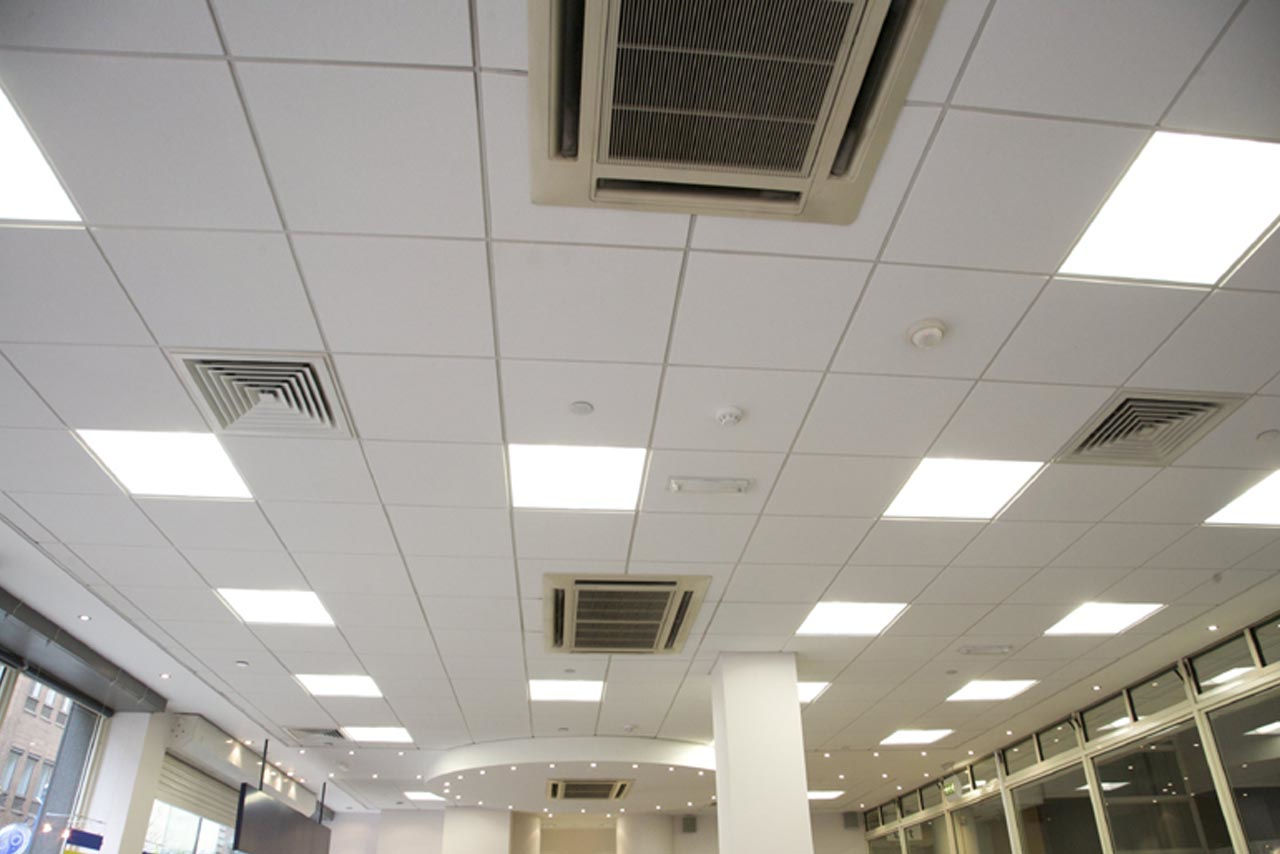

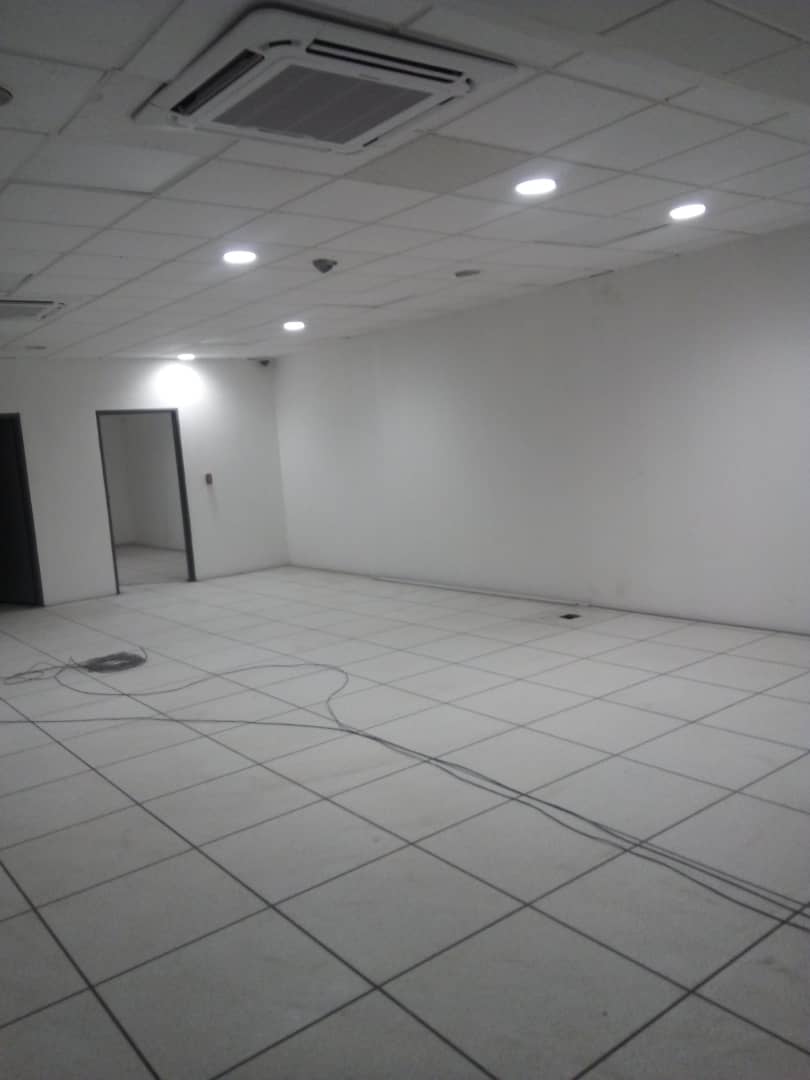









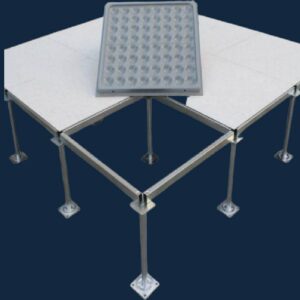
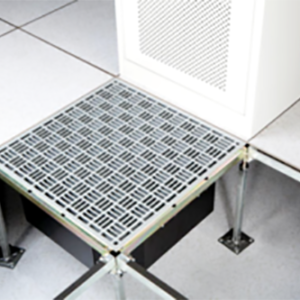

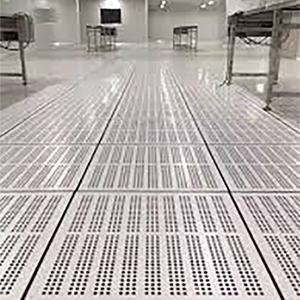
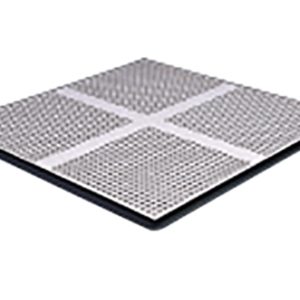
Reviews
There are no reviews yet.